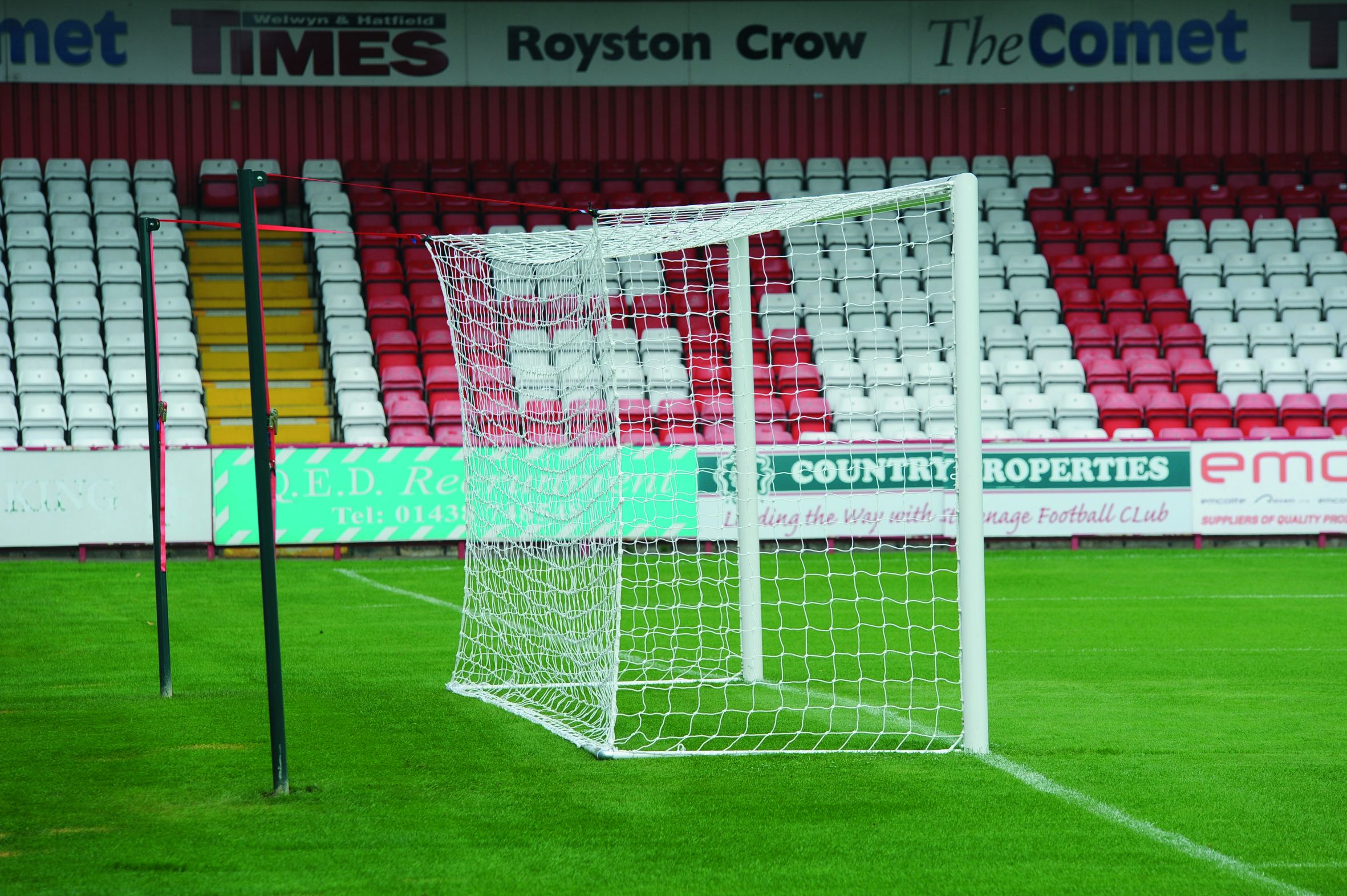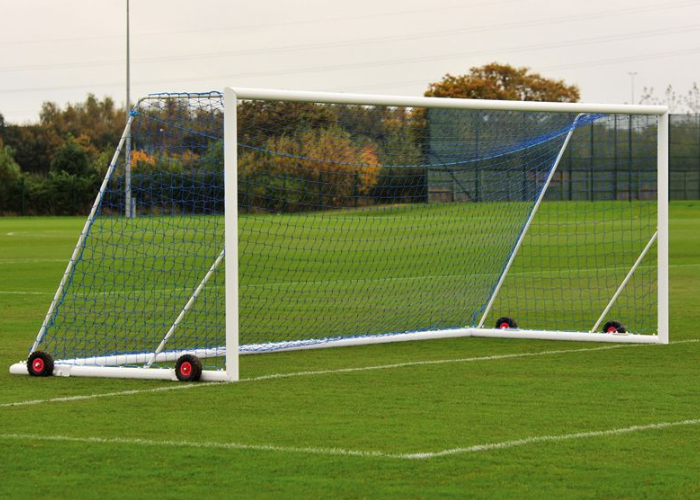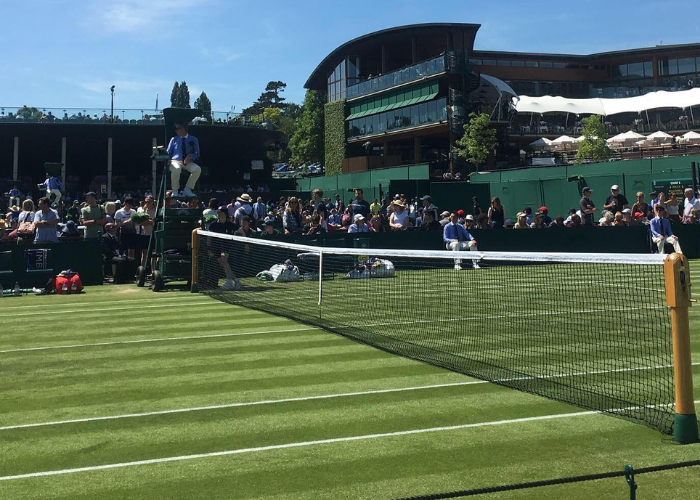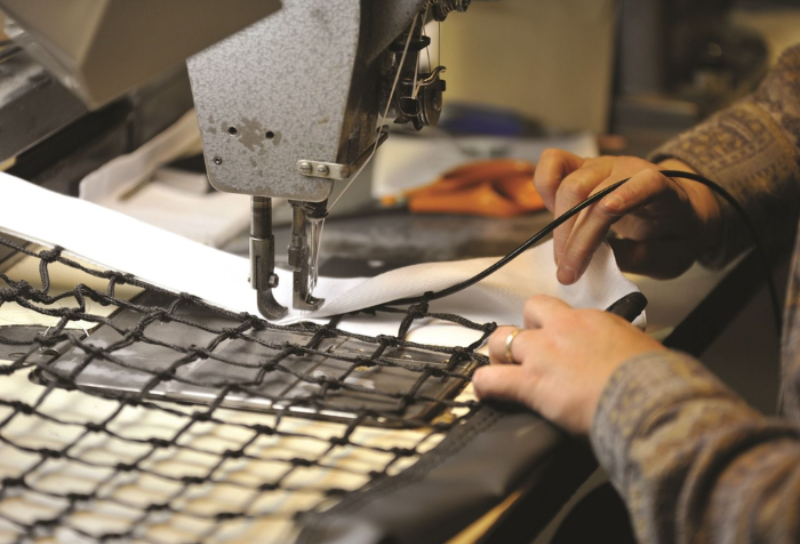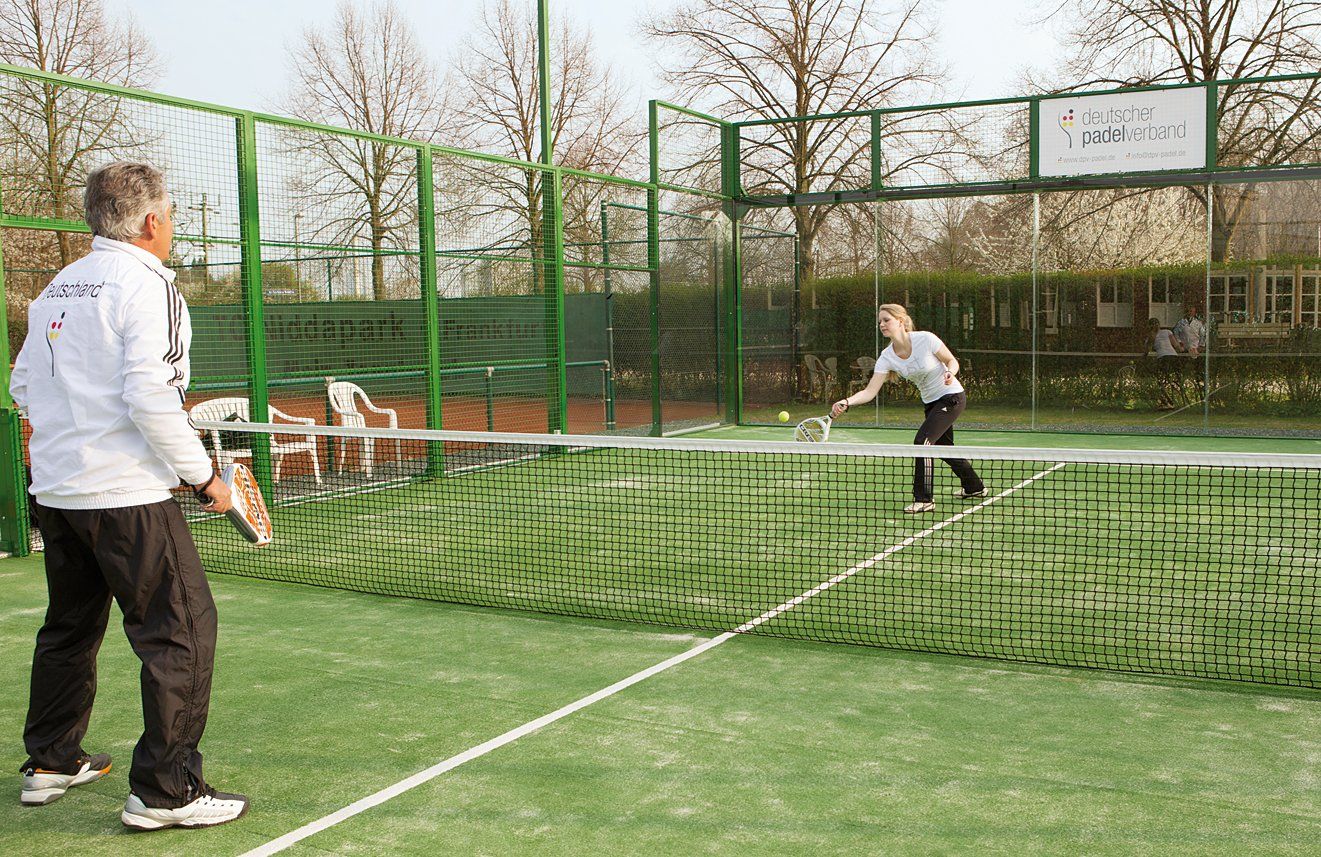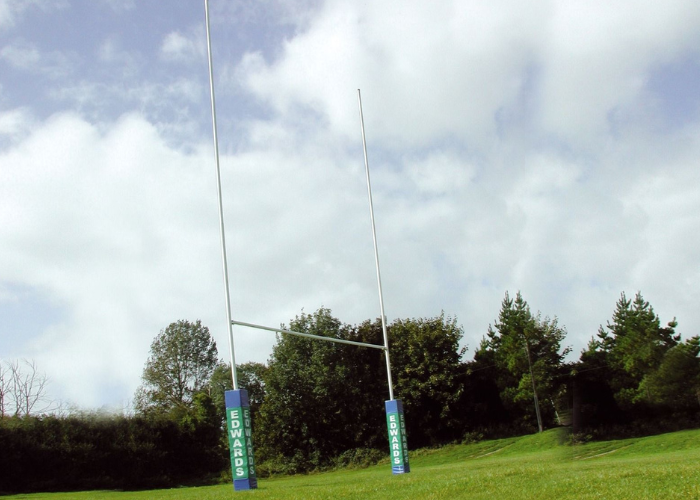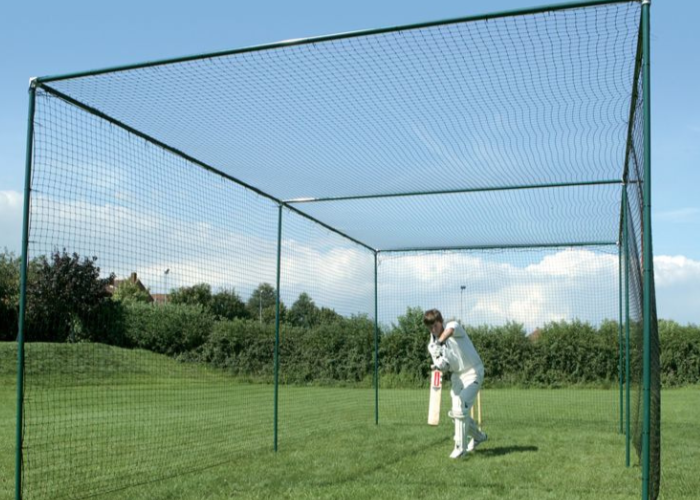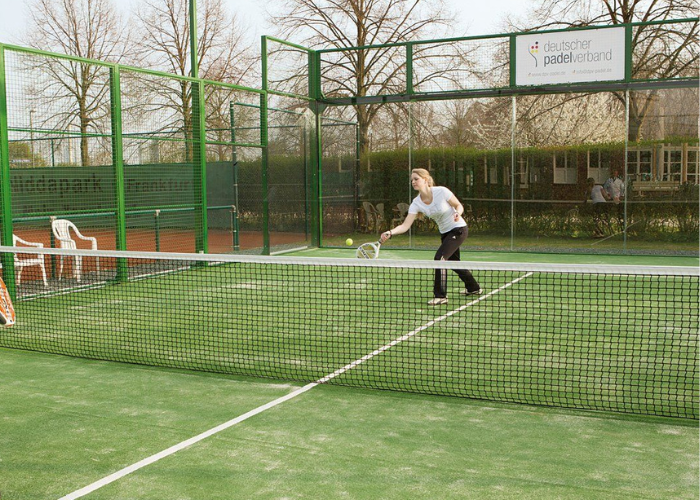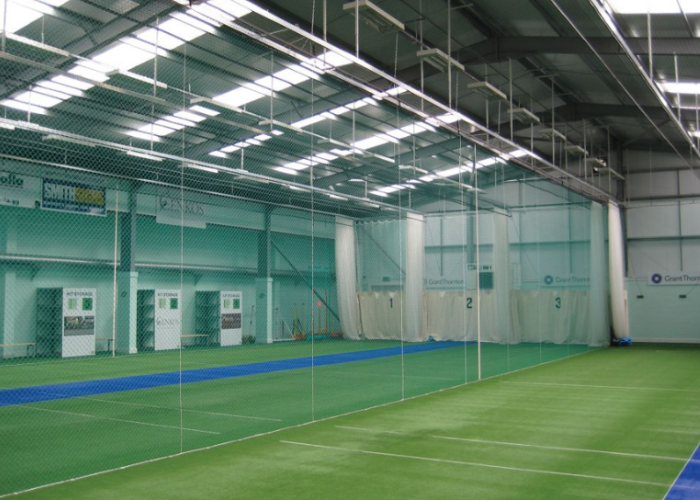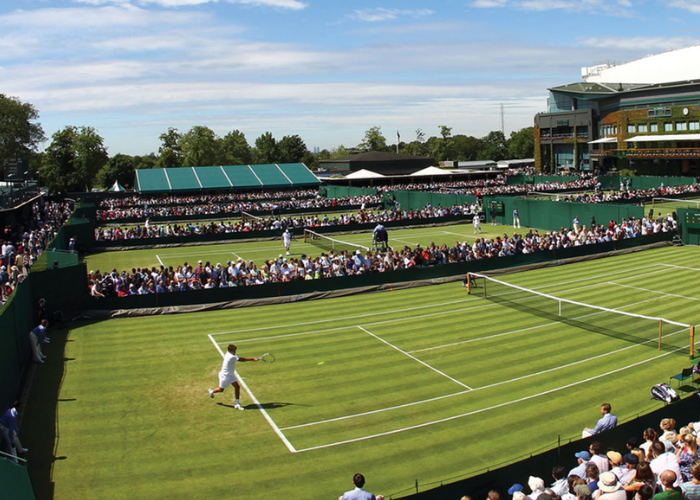We use cookies to make your experience better. To comply with the new e-Privacy directive, we need to ask for your consent to set the cookies. Learn more.
Tennis Court Markings Explained
- Admin
- Blog Posts
- 23 Jun 2022
-
466views

Tennis court markings are important for ensuring that the game is played properly and safely. The lines on a tennis court indicate the boundaries of the playing area, as well as the location of various features and obstacles.
Tennis court markings are important for ensuring that the game is played properly and safely.
The lines on a tennis court indicate the boundaries of the playing area, as well as the location of various features and obstacles.
In addition, the lines can be used to judge whether or not a player has made a legal shot. There are several different types of line markings on a tennis court, each with its own specific purpose.
We take a look at what each tennis court marking is for and why it is used. This includes the baseline, centre line, service lines, and the outer perimeter markings of a tennis court.
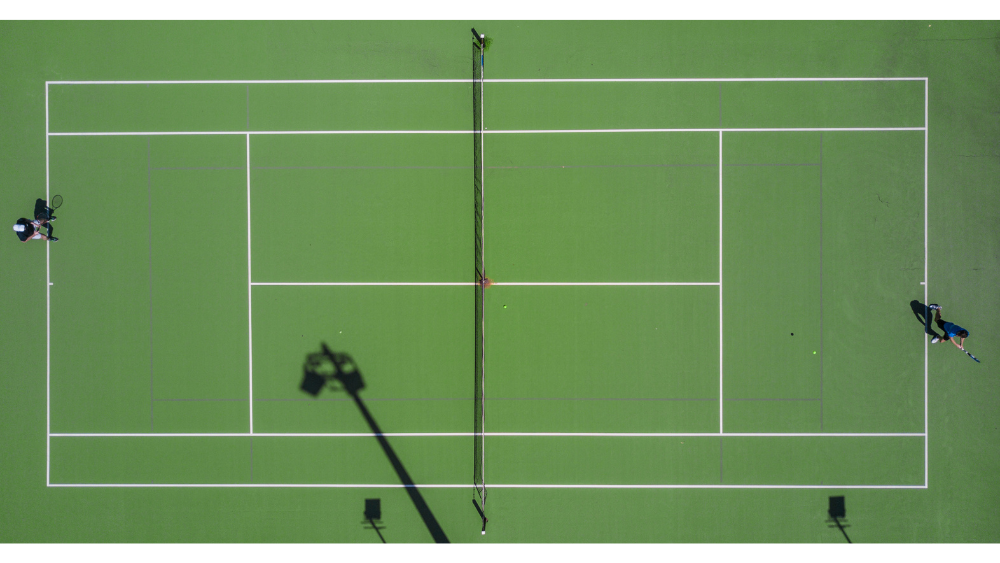
Image by ©Mudassir Ali (from Pexels) via Canva.com
The history of tennis court markings
It’s important to note that tennis courts haven’t always been the same courts we see today. In fact, there are some incredibly stark differences between the courts of the modern world and the courts back when tennis was invented.
The markings, of course, are a key part of this difference. Before these markings were implemented into court design, the game was known as lawn tennis, and the court was actually an hourglass shape. In 1882 the nets were actually lowered to around 3 feet which is more in line with today’s tennis nets.
Along with this change of net height and court shape, markings were added to the court to give players a better idea of where the ball is allowed to land, for example. It also gives players a general view of where the accepted area of play is.
The different types of tennis court markings
There are quite a few different lines on a tennis court, and these aren’t simply to dictate where the playing area is. To give you a better idea of what each line represents, here are some in-depth descriptions of each.
Baseline
This is one of the most important lines on the court as it dictates one edge of the court as well as where a player must stand when making a serve. The player has to stand behind the baseline when serving to the opponent; otherwise, it is classed as a fault.
If the ball lands on the outer side of the opponent’s baseline after a single bounce, then you get one point. If this happens after you serve, then it’s called an ace, and you get a point and are able to serve again.
Centre Line
The centre line connects both service lines, crossing the net down the middle of the court. This centre service line helps to split the centre of the court into quadrants.
When you serve, that first bounce must land in the quadrant diagonally from you on your opponent’s side of the court.
Service Line
The service line runs parallel to the baseline but closer to the net. It dictates the start of these quadrants, which make up the service boxes.
The service lines are 27 feet wide and stop at the singles sideline. These lines aren’t in place to prevent the player from going into the service box. However, once a serve has taken place, players are free to move forward into this space.
Service Box
This is the proper name for the four quadrants mentioned above. The service box must be targeted when serving, but it must be the box diagonally from you.
When serving at the start of a game, the ball must be served to the box on the left and alternate with each subsequent serve.
Sidelines
These are the lines which run along the length of the court, and these have a very important purpose. First of all, if the ball lands outside the first of these lines, known as the singles line, and you’re not playing doubles tennis, then the ball is out.
For doubles games, the outermost sideline is used, known as the doubles line. As you can probably deduce, this outer sideline comes into play during these doubles games to widen the area in which the ball can land to expand the area of play.
How to use tennis court markings to improve your game
A lot of the ways in which you can improve your tennis game can include the quality of the markings you have on your tennis court. If you’ve had your own tennis court built with quality, double-stitched nets and a high-quality surface, but haven’t carefully measured out the markings, then your game won’t be as good as it would be on a proper, professional court.
These markings must be perfect to the millimetre if you’re to get the best out of your court. Tennis court markings have been how they are for over a century now and will help you enjoy tennis the way it is meant to be played. Avoid simply “eye-balling” these markings when painting them to ensure you have a great tennis court to play on.
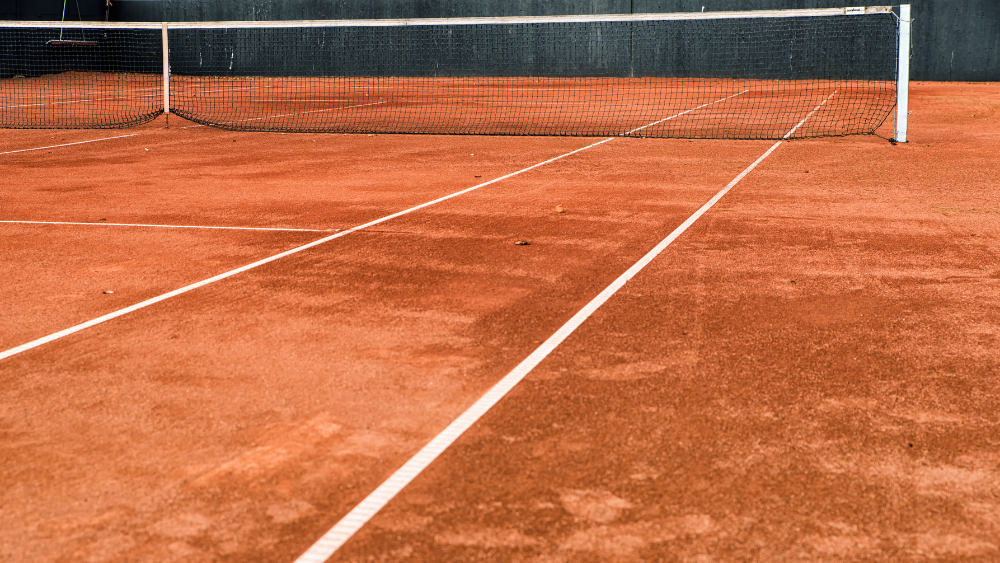
Image by ©mastermilmar (from Getty Images) via Canva.com
When to repaint your tennis court markings
Of course, repainting your tennis court markings is entirely up to you. Maintaining your tennis court, such as replacing your tennis posts with high-quality steel tennis posts or resurfacing your court, are ways to keep your court looking pristine.
Repainting your markings with fresh white paint will allow you to better see the court's boundaries and the important areas of the court, such as the service boxes. If the lines have faded or gaps have started to appear in the lines due to excessive friction from your tennis shoes, then now would be a good time to repaint.
How to remove old tennis court markings
This isn’t the easiest task in the world and will usually require professional assistance. This is because the paint is very difficult to remove and cannot simply be by scrubbing the lines with turpentine on your hands and knees, for example.
More often than not, you’ll want to paint over the top of the lines instead of removing these old markings. However, sometimes it’s worthwhile repainting the whole court to freshen it up. In this case, you can use an industrial surface sander. Once you’ve cleared all of the paint from your court, you can start from scratch.
Final Thoughts
It’s important to take care of your tennis court. One of the most important reasons for this is that the quality of the surface, as well as the markings, can significantly impact your game.
FAQs
How do you mark a tennis court on grass?
This is done the same way in which you’d mark any surface. You can use spray can line markers or a line marking machine for this. You’ll then have to measure the court using a long tape measure and paint along those lines as accurately as possible.
What do you call a tennis court boundary?
Your tennis court boundary, as mentioned above, is made up of the many different markings on the court. However, the outer lines are the doubles line and the baseline, and surround the court, essentially acting as a boundary.
What is used to mark out tennis courts?
White acrylic paint is the most common substance used to mark tennis courts as it’s easy to see and resistant to the elements.
How long do tennis court lines last?
There is no set time for how long these lines last. The quality of the paint you use, as well as how well you keep your court maintained, will influence this time. Keep the court clean and free of water using a Pac-Dri water remover, for example, and consider buying a cover for your court during the winter to keep the lines for longer.
Featured Image by ©ilbusca (from Getty Images Signature) via Canva.com








